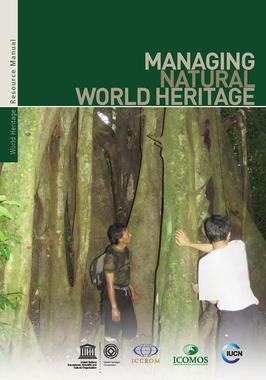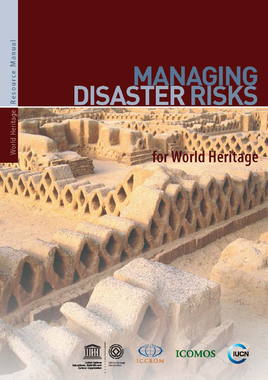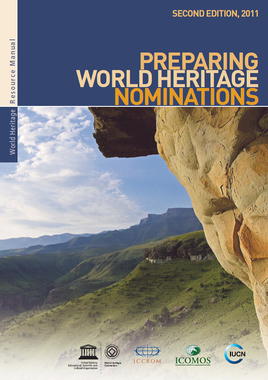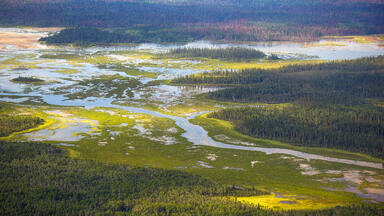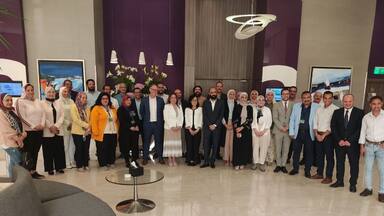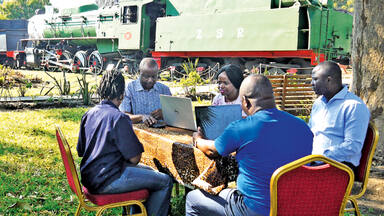Guidance and Toolkit for Impact Assessments in a World Heritage Context
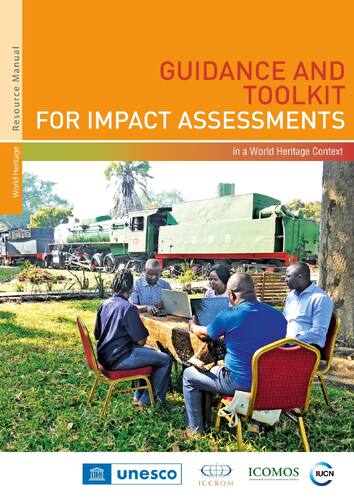
UNESCO and the Advisory Bodies to the World Heritage Committee have issued new guidance for assessing impacts from projects that could potentially affect the planet’s most precious heritage places. Designed specifically for heritage management institutions, governments and project developers, it aims to help find the best possible solutions to meet both conservation priorities and development needs.
While new projects and infrastructures can be crucial for economic and social development, they can also have negative impacts on World Heritage sites’ “Outstanding Universal Value” – the unique qualities for which they receive World Heritage status.
“World Heritage sites provide sources of livelihoods as well as cultural richness to millions of people, thus contributing to sustainable development. As many countries aspire to develop and improve economically and socially, it is crucial to properly assess impacts of projects on these exceptional sites to avoid negative consequences for present and future generations.”
World Heritage sites have been facing increasing pressure from various forms of development in recent years, including urbanisation, tourism infrastructures, dams, roads, power plants and other major interventions. This is confirmed by monitoring reports conducted by UNESCO together with the Advisory Bodies to the World Heritage Committee, namely the International Centre for the Study of the Preservation and Restoration of Cultural Property (ICCROM), the International Council on Monuments and Sites (ICOMOS), and the International Union for Conservation of Nature (IUCN).
In the past six years, the World Heritage Committee, the decision-making body composed of 21 States Parties, has requested 148 World Heritage properties conduct impact assessments – roughly 35 to 45 each year. However, these do not always follow best practices. For instance, they may not assess impact specifically on the sites’ Outstanding Universal Value, or they may begin after the project has been approved and construction has started without considering alternative options.
As a result, the unique values of World Heritage sites may be severely damaged – sometimes irreversibly. For instance, major urban transformation undertaken without conducting heritage impact assessments can lead to the damage of heritage such as architectural features, monuments, or historic quarters.
The new guidance issued today aims to address such gaps. It highlights that impact assessments can actually help to identify better projects that yield more benefits in the long term, satisfying both conservation and development needs.
For instance, in Chitwan National Park in Nepal, a railway proposed for development through the park was re-routed to the outside of it following an impact assessment. This option offers greater benefits to the local community who can access the railway more easily. The park is home to iconic species of plants and animals, providing one of the last refuges for the one-horned rhinoceros and the Bengal tiger.
“This guidance is a tool for better planning because it focusses on practical steps to inform decision-making on projects that can potentially impact World Heritage sites, both within and outside their boundaries. By evaluating risks and identifying alternatives, decision-makers can ensure new developments are future-proof both for heritage places and people,”
“Protecting World Heritage sites for future generations is a collective responsibility shared by governments, private sector and the wider community”
“Any intervention that may have a potential impact needs to be assessed in respect of the Outstanding Universal Value, so that World Heritage and development can be mutually beneficial and result in a sustainable harmony.”
“Before deciding whether a project can go ahead or not, an assessment of possible impacts and options has to be made to the highest standards,”
“World Heritage sites are internationally recognised as the planet’s most significant places of value to all humanity and we should expect best practice on matters concerning them.”
The Guidance and Toolkit for Impact Assessments in a World Heritage context provides a methodology and a set of easy-to-use tools for elaborating impact assessments to the best practice currently existing for World Heritage. It helps to identify and define the values and attributes of the site concerned, whether it is a cultural, natural or mixed cultural-natural site. It explains the process for evaluating potential impacts, and finding appropriate mitigation measures and alternative options.
This joint undertaking has been coordinated by the IUCN-ICCROM World Heritage Leadership Programme, with funding from Norway. The guidance is the result of several years of collaboration, consultation, and analysis between the three Advisory Bodies and UNESCO. It integrates and updates the 2011 ICOMOS Guidance on Impact Assessment for Cultural World Heritage Properties and the 2013 IUCN World Heritage Advice Note on Environmental Assessment. While specific to World Heritage sites, it can be used for all types of heritage places with proposed development.
The World Heritage
Resource Manual Series
Since the World Heritage Convention was adopted in 1972, the World Heritage List has continually evolved and is growing steadily. With this growth, a critical need has emerged for guidance for States Parties on the implementation of the Convention. Various expert meetings and results of the periodic reporting process have identified the need for more focused training and capacity development in specific areas where States Parties and World Heritage site managers require greater support. The development of this series of World Heritage Resource Manuals is a response to this need.
The publication of the series is a joint undertaking by the three Advisory Bodies of the World Heritage Convention (ICCROM, ICOMOS and IUCN ) and the UNESCO World Heritage Centre as the Secretariat of the Convention.
